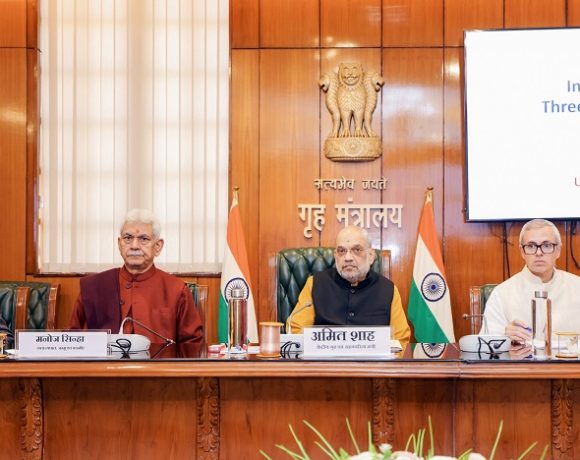
Centre Taps Northeast to Boost Pulse Output, Curb Inflation
In a bid to counter rising food inflation and reduce the country’s dependency on imports, the Indian government is turning to the Northeastern states as a new frontier for pulse cultivation. Despite contributing less than 2% to the nation’s total area under pulses, the region has shown high productivity levels that could be scaled up with targeted support.
The Centre’s move is part of a broader strategy to diversify cultivation zones and stabilize the supply of essential food commodities. The agro-climatic conditions of states like Assam, Manipur, and Meghalaya offer strong potential for increasing output, especially for crops like lentils, black gram, and pigeon peas.
Policy Support to Expand Cultivation and Supply
To ensure the success of this push in the Northeast, the government has announced several supportive policy measures aimed at both farmers and the market ecosystem:
- Extended Duty-Free Imports: To manage near-term supply constraints, the Centre has extended duty-free imports of yellow peas until March 31, 2026, a move that will also help balance prices in the domestic market.
- Higher Minimum Support Price (MSP): The MSP for major pulses has been increased by 6% for the 2025–26 marketing season, incentivizing farmers to shift towards pulses from other crops, particularly in new growing zones like the Northeast.
- Six-Year Procurement Program: A long-term procurement initiative is underway to guarantee fair prices for crops such as pigeon peas and black matpe. This gives farmers, especially in underutilized regions, confidence to invest in pulse cultivation without market risk.
The Ministry of Agriculture has also initiated awareness and training programs across the region to encourage local farmers to adopt pulse farming and improve yields using modern techniques.
Food Inflation and Self-Sufficiency Goals Drive Strategy
The move comes as India continues to battle persistently high food inflation, much of it driven by erratic weather patterns and production shortfalls in pulses. The government believes that expanding cultivation to new, high-potential regions like the Northeast is critical to achieving its target of self-sufficiency in pulses by 2027.
Frequent extreme weather events, especially unseasonal rains and droughts, have disrupted traditional farming belts. As a result, the Centre is proactively looking at alternative regions and resilient farming models to buffer the country’s food system.
Strengthening domestic pulse supply chains also serves the dual purpose of price stabilization and farmer welfare. Increasing pulse availability domestically not only limits the need for volatile imports but also supports nutrition goals, given that pulses are a primary protein source for a large segment of India’s population.
The Centre’s pivot to the Northeast thus marks a calculated and timely intervention—one that aims to balance inflation control with inclusive agricultural growth and regional development.


















